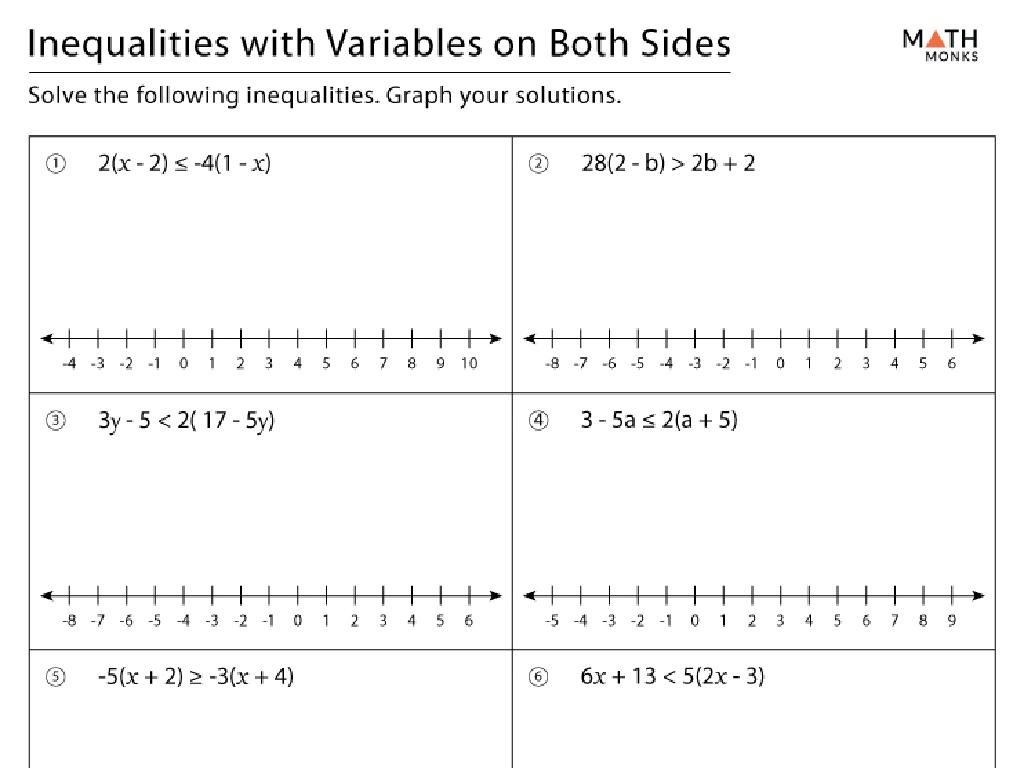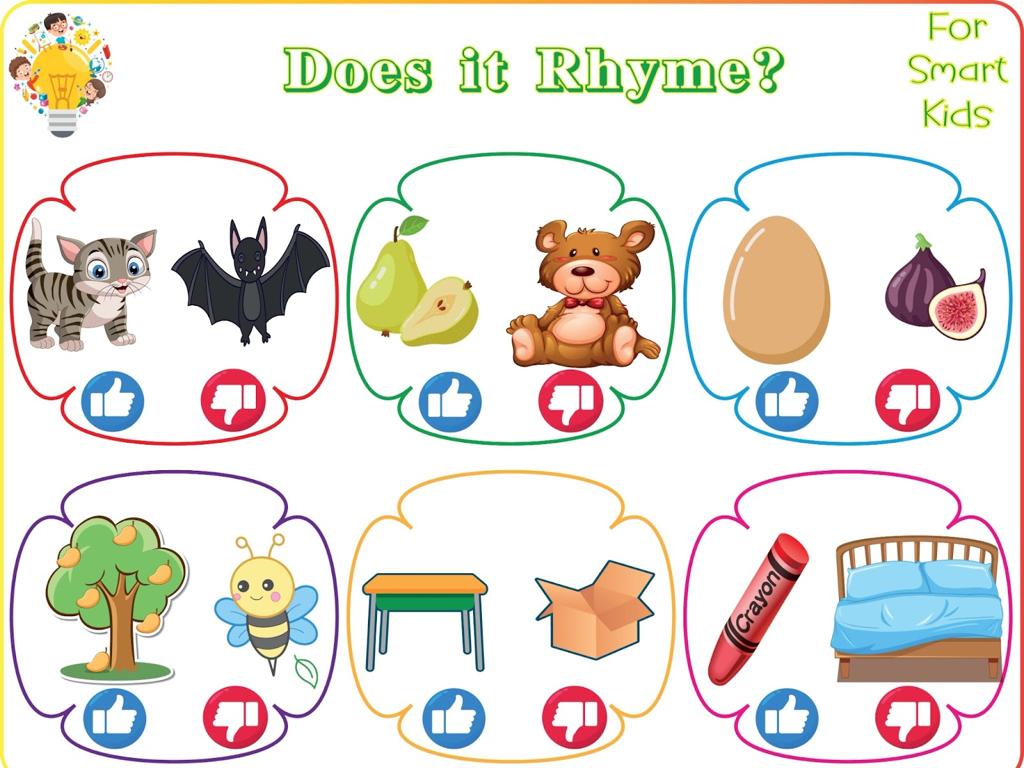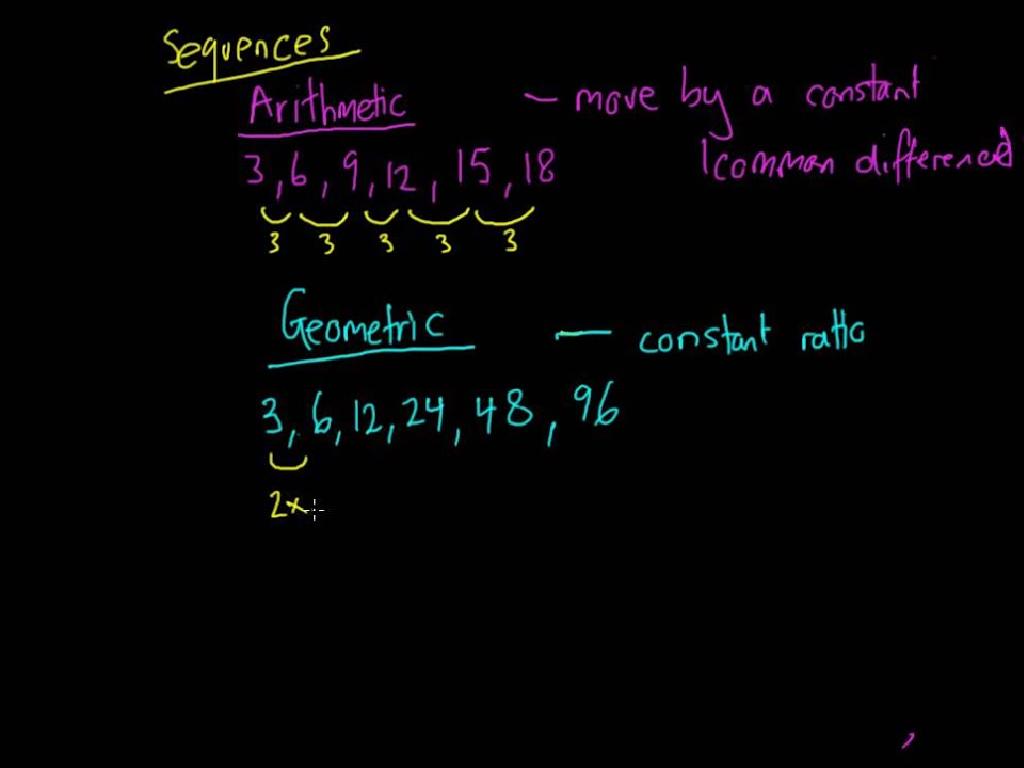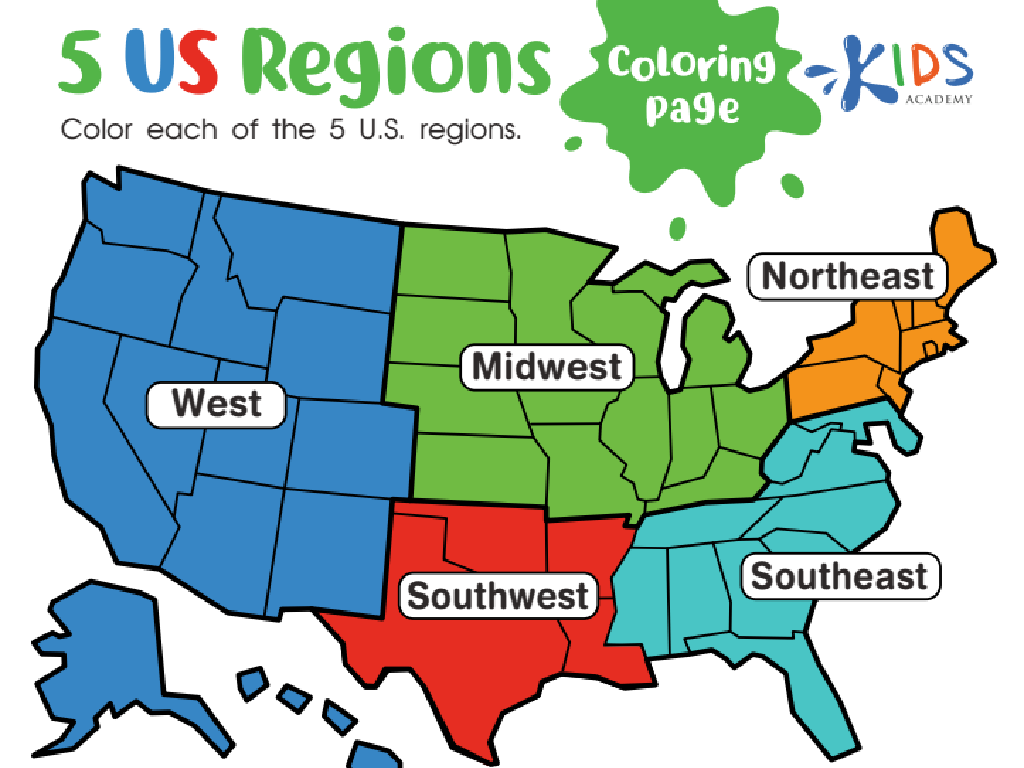Compare Fractions With Like Denominators Using Models
Subject: Math
Grade: Third grade
Topic: Compare Fractions With Like Denominators
Please LOG IN to download the presentation. Access is available to registered users only.
View More Content
Welcome to Fractions: Comparing Like Denominators
– Understanding parts of a whole
– A whole is divided into equal parts; each part is a fraction of the whole.
– Exploring like denominators
– Like denominators mean the bottom numbers in fractions are the same.
– Comparing fractions visually
– Use shapes like pizza slices to see which fraction is bigger.
– Practice with fraction models
– We’ll use pictures to compare fractions with the same denominators.
|
This slide introduces third graders to the concept of comparing fractions with like denominators. Begin by explaining that a fraction represents parts of a whole, and the whole is divided into equal parts. Emphasize that ‘like denominators’ means the fractions have the same number on the bottom (denominator), which makes them easier to compare. Use visual aids like fraction circles or bars to help students see which fractions are larger or smaller. For example, show two circles divided into four parts, one with one part shaded and the other with three parts shaded, to compare 1/4 and 3/4. Encourage students to draw their own models and share with the class. This hands-on activity will help solidify their understanding of the concept.
Understanding Fractions
– A fraction shows part of a whole
– Numerator and denominator explained
– Top number is the numerator, bottom number is the denominator
– Denominator: equal parts of a whole
– If a pizza is cut into 8 pieces, the denominator is 8
– Numerator: parts we have
– If you eat 3 pieces, the numerator is 3
|
This slide introduces the concept of fractions to third-grade students. Begin by explaining that a fraction represents a part of a whole, like a slice of pizza out of a whole pizza. Clarify the roles of the numerator and the denominator in a fraction. The denominator, the bottom number, indicates into how many equal parts the whole is divided. The numerator, the top number, tells us how many of those parts we are considering. Use tangible examples, such as pieces of a chocolate bar or slices of an apple, to illustrate these concepts. Encourage students to think of their own examples of fractions they encounter in everyday life.
Comparing Fractions with Like Denominators
– What are like denominators?
– Denominators are the bottom numbers in fractions and are the same in like denominators.
– Comparing only like denominators
– We can only make fair comparisons between fractions when their denominators match.
– Like denominators: apples to apples
– Just as we compare similar things, like apples with apples, we compare fractions with the same denominators.
– Using models to compare
– Visual models, like fraction bars, help us see which fraction is larger or smaller.
|
This slide introduces the concept of like denominators, which is crucial for comparing fractions. Emphasize that like denominators are the same, making it possible to compare the size of fractions directly. Use everyday examples, such as comparing apples to apples, to illustrate why we only compare fractions with like denominators. Introduce models such as fraction bars or circles to visually demonstrate how fractions with like denominators can be compared. This will help students understand that the fraction with the larger numerator is larger because the pieces are the same size. Prepare to show different models and have students practice comparing fractions with hands-on activities in the following class.
Visualizing Fractions with Models
– Models show fraction sizes
– Visual aids make understanding fractions easier.
– Shapes like circles or bars
– We can divide shapes into equal parts to represent fractions.
– Exploring fraction models
– Let’s examine different models and see how they represent fractions.
– Comparing fractions visually
– See which fractions are bigger or smaller by looking at the models.
|
This slide introduces students to the concept of visualizing fractions using models. By using shapes such as circles or bars, students can see how fractions represent parts of a whole. Divide a circle or a bar into equal parts to show different fractions with like denominators. For example, if we have two circles divided into four parts, one with one part shaded and the other with three parts shaded, students can visually compare and see that three-fourths is larger than one-fourth. Encourage students to draw their own models and use them to compare fractions. This visual approach helps solidify their understanding of the size of fractions relative to each other.
Comparing Fractions with Like Denominators
– Compare shaded parts in models
– Look at the fraction models and count the shaded parts
– More shaded means larger fraction
– If one fraction has 3/4 shaded and another has 2/4, 3/4 is larger because it has more shaded parts
– Same shading equals same fraction
– When both fractions have the same amount shaded, like 2/4 and 2/4, they are equal
– Practice with fraction models
– Use drawings of pizzas or pies divided into equal parts to visualize and compare
|
This slide introduces students to the concept of comparing fractions with like denominators by using visual models. Emphasize that the denominator represents the total number of equal parts, and the numerator indicates how many of those parts are shaded or filled in. When comparing, students should focus on the number of shaded parts to determine which fraction is larger or if they are equal. Provide various examples with common denominators and different numerators, and encourage students to draw their own models to compare fractions. This hands-on activity will help solidify their understanding of the concept.
Let’s Practice Comparing Fractions!
– Compare fractions with models
– Use shapes divided into equal parts to compare
– Examine shaded areas in models
– The fraction with more shaded parts is larger
– Determine larger or smaller fractions
– If fractions have the same shaded parts, they are equal
– Focus on like denominators
|
This slide is designed to help students practice comparing fractions by using visual models. Students should use shapes that are divided into equal parts to understand how fractions represent parts of a whole. By examining the shaded areas, they can visually determine which fraction is larger or smaller. It’s crucial to emphasize that we are only comparing fractions with the same denominators (the number on the bottom of the fraction), as this indicates that the parts are of equal size. During the class activity, provide various models of fractions with like denominators and guide the students to compare them. Encourage students to explain their reasoning for why one fraction is larger, smaller, or equal to another. This will reinforce their understanding of fractions and the concept of like denominators.
Comparing Fractions with Like Denominators
– Understanding fractions with models
– Comparing fractions visually
– Use fraction circles to see differences
– Example: Comparing 3/8 and 5/8
– Which fraction circle is more filled in?
– Determining the larger fraction
– 5/8 has more pieces than 3/8, so it’s larger
|
This slide is designed to help students visually understand how to compare fractions with the same denominator using fraction circles. Start by explaining that fractions represent parts of a whole and that the denominator tells us into how many parts the whole is divided. Show them that when fractions have the same denominator, we can compare them by looking at the numerators. Use the example of 3/8 and 5/8 to demonstrate that the fraction with the larger numerator (more pieces shaded in the circle) represents a larger part of the whole. Encourage students to think about the size of the pieces and the number of pieces to determine which fraction is larger. This visual method will help solidify their understanding of comparing fractions.
Class Activity: Fraction Match-Up
– Try matching fractions to models
– Work with a partner on this task
– Compare and discuss your answers
– Understand fractions with fun
Use fraction circles or bars to visualize
|
This interactive activity is designed to help students apply their understanding of fractions with like denominators by matching them to visual models. Provide students with sets of fraction cards and corresponding visual models, such as fraction circles or bars. Students will work in pairs to match each fraction to the correct model, then compare and discuss their answers with their partner. This peer interaction encourages collaborative learning and helps students verbalize their thought process. As a teacher, circulate the room to offer guidance and ensure that students are correctly matching the fractions to the models. Possible variations of the activity could include timed challenges, mix-and-match games, or creating their own fraction models for others to match.
Conclusion: Comparing Fractions with Like Denominators
– Denominators remain constant
– Numerators determine size
– Larger numerator means larger fraction
– Review with fraction models
– Use visual models to compare fractions like 3/8 vs 5/8.
|
As we wrap up today’s lesson, remember that when comparing fractions with the same denominators, the denominators do not change and thus do not affect the size of the fraction. It’s the numerator that we need to look at to determine which fraction is larger. For example, in fractions with the same denominator, such as 3/8 and 5/8, the fraction with the larger numerator (5/8) is the larger fraction. Encourage students to visualize this by drawing or using fraction models, which can help solidify their understanding. Reviewing with models allows students to see the concept in action and reinforces their learning. Great job today, and keep practicing at home!
Hands-On Activity: Fraction Fun with Strips
– Play with fraction strips
– Create and compare fractions
– Make your own fractions using strips and compare with classmates
– Find the largest fraction
– Use your strips to see whose fraction is bigger
– Find the smallest fraction
– Look for the fraction that is the smallest piece
|
This slide introduces a hands-on activity where students will use fraction strips to create and compare fractions with their classmates. The goal is to provide a visual and interactive way to understand the concept of comparing fractions with like denominators. Teachers should prepare fraction strips in advance and ensure each student has a set. During the activity, guide the students to create fractions and then pair up to compare who has the larger or smaller fraction. Encourage them to discuss why one fraction is larger or smaller than another. Possible variations of the activity could include: finding fractions that are equal, ordering fractions from smallest to largest, or even combining fraction strips to make a whole. This activity will help solidify the students’ understanding of fractions in a fun and engaging way.






